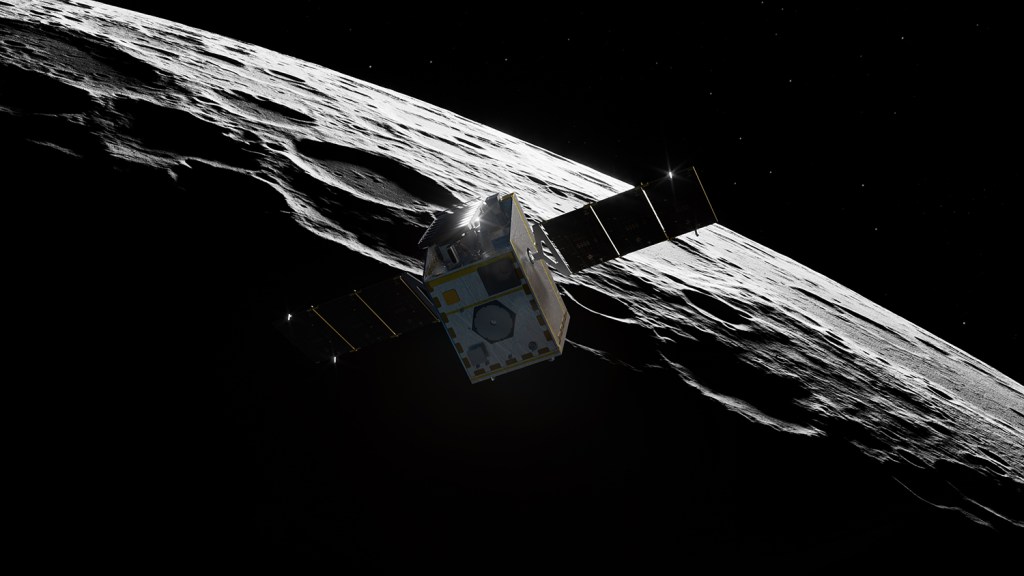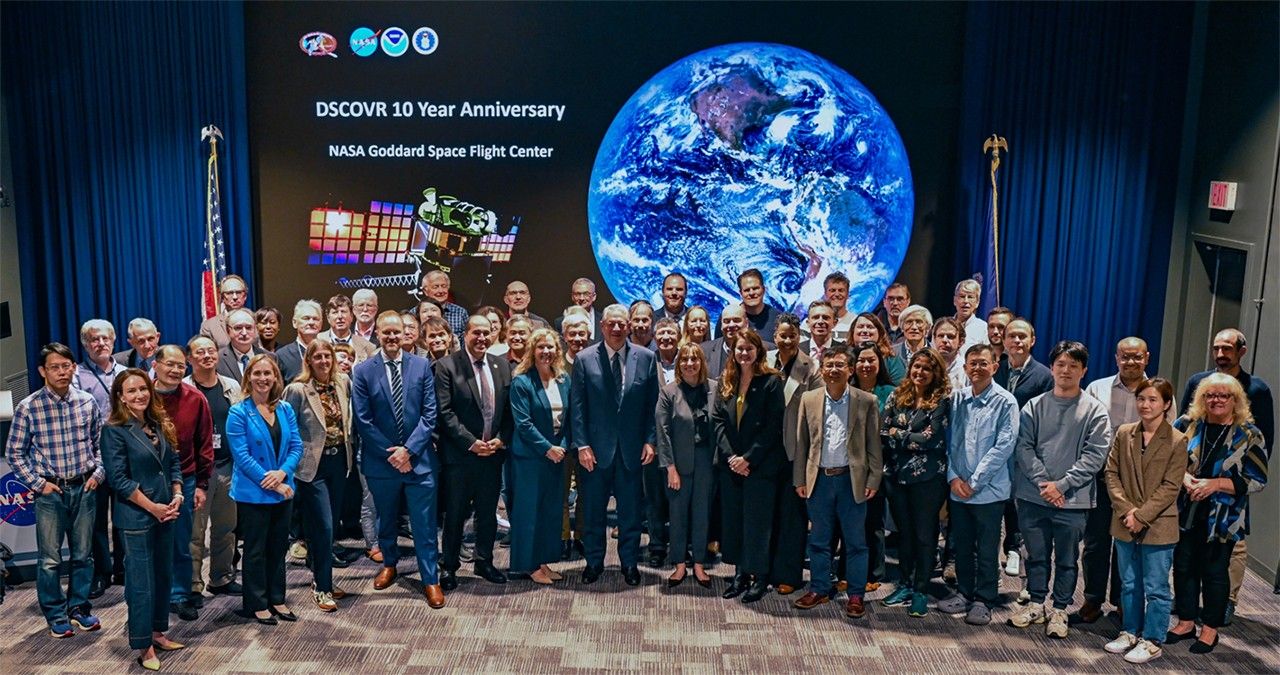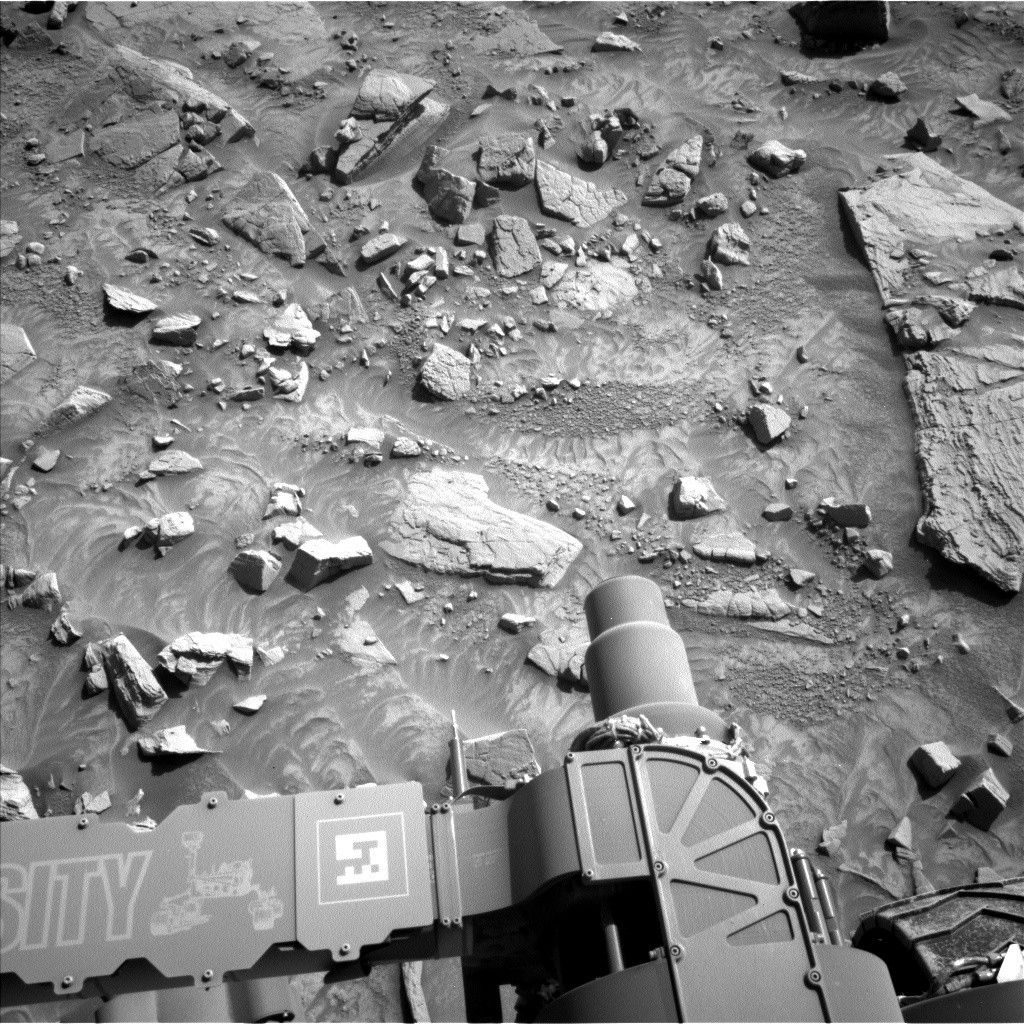NASA has signed a Reimbursable Space Act Agreement with the Mohammed Bin Rashid Space Centre (MBRSC) of the United Arab Emirates (UAE) to train UAE astronauts on International Space Station systems at the agency’s Johnson Space Center in Houston later this year.
This agreement demonstrates the burgeoning NASA-UAE partnership, sets the stage for future cooperative activities in low-Earth orbit, and demonstrates UAE’s commitment to developing a world-class astronaut corps.
“The U.S. and UAE enjoy a strong relationship here on Earth, and we are excited to extend that relationship into the final frontier. The UAE has made extraordinary progress in the space arena in a very short amount of time with the successful launch of the Emirates Mars Mission ‘Hope Probe,’ the region’s first interplanetary spacecraft, serving as the most recent example of the UAE’s ambitious space program,” said NASA Deputy Administrator James Morhard. “This agreement to train Emirati astronauts will pave the way for even closer relations between our two nations creating new opportunities for the UAE to become involved in the International Space Station, Artemis, and other NASA activities.”
Under the agreement, UAE astronauts Hazzaa AlMansoori and Sultan AlNeyadi will begin training at Johnson this fall. The UAE astronauts will receive training in multiple areas of operations on the International Space Station, including major systems, robotics, spacewalking, and an array of leadership training.
Two additional UAE astronauts will begin training next year, joining the anticipated 2021 NASA Astronaut Candidate class and training to the same level as graduates of the class. UAE astronauts will join the NASA astronaut office at Johnson to be integrated with NASA and international partner astronaut teams. When astronauts are assigned to long-duration expedition missions aboard station, they then receive additional training specifically for their missions and spacecraft. The training via this agreement will prepare the UAE astronauts for future long-duration station missions, but such missions are beyond the scope of this agreement.
“The historic agreement to train Emirati astronauts with NASA is a testament to the long-standing relationship between the UAE and the U.S. The agreement opens up new avenues of cooperation and collaboration between both parties, exchanging best practices and exploring potential prospects for involving Emirati astronauts on long haul space missions,” said Salem AlMarri, head of the UAE Astronaut Program at MBRSC. “The International Space Station systems training is one of the most specialized training modules, and our astronauts will benefit immensely from it. We will continue to work together with the U.S. on further collaborations in the coming months and propel the global space sector towards a brighter future.”
NASA is continuing to conduct research and demonstrate technologies aboard the space station, both to benefit people on Earth and to prepare for longer and more complex human exploration missions. Specifically, via the Artemis program, NASA will land the first woman and next man on the surface of the Moon by 2024 and create a sustainable lunar presence. Together with international and commercial partners, NASA will use the experience it gains on and around the Moon to prepare for humanity’s first human missions to Mars.




























